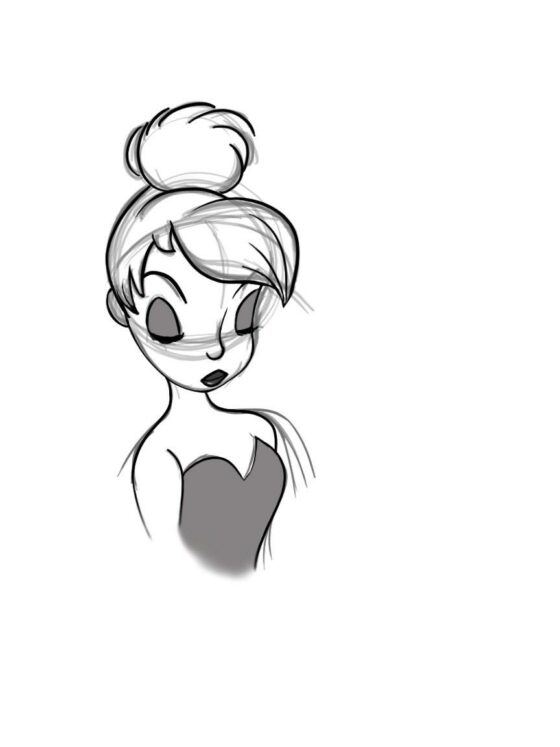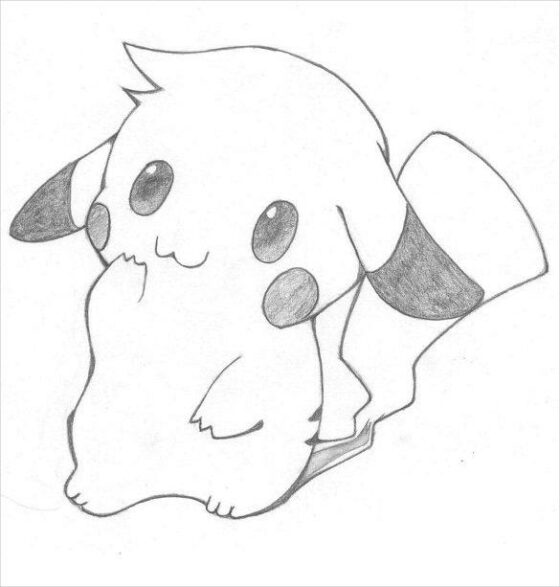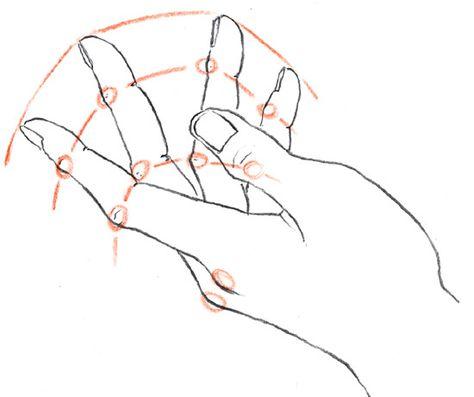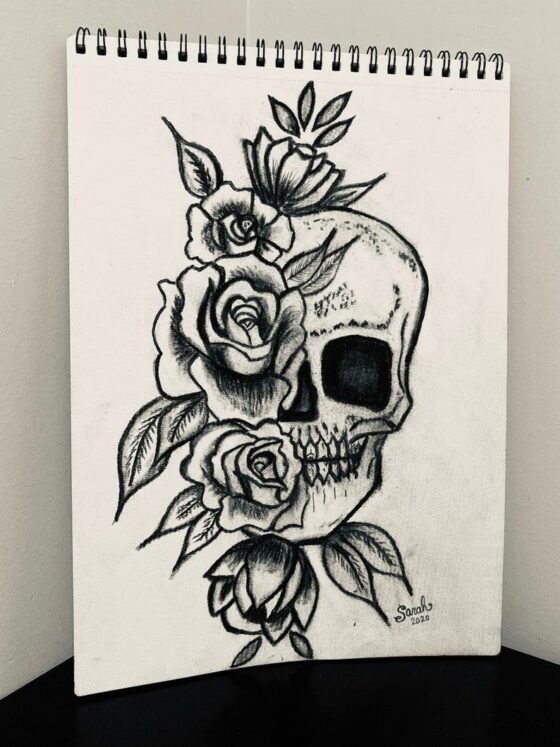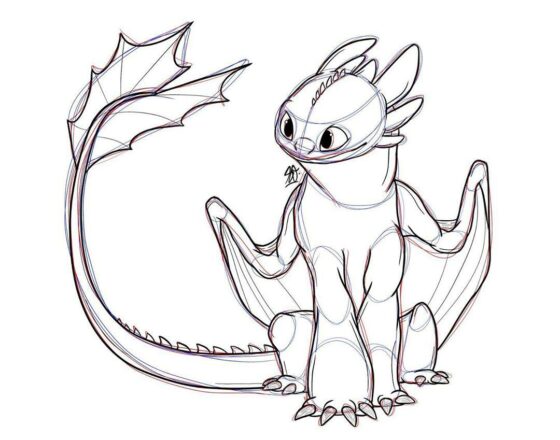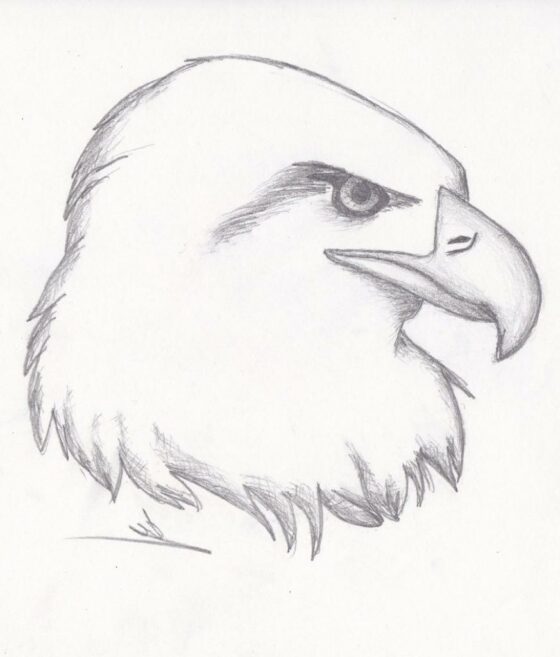Hi! Who wouldn’t want to draw great human body shapes? I know you want to learn how to draw human anatomy. Today, I complied step by step human body drawing examples for you. I hope you enjoy. Let’s start! Recommend post: 30+ How to Draw a Face – Step By Step

Mastering the art of drawing body shapes is an essential skill for any aspiring artist. Whether you’re drawing figures for illustrations, comics, or portraits, understanding the basic principles of body proportions and anatomy is crucial.
How to draw body shapes?

To begin, it’s helpful to break down the body into simple shapes. Start by sketching a rough outline of the head, using an oval shape as a guide. From there, you can add the neck, shoulders, and torso using basic geometric shapes like rectangles and cylinders. Keep in mind that these shapes will vary depending on the pose and gender of the figure.
Parts of the body. Torso,Head,shoulders
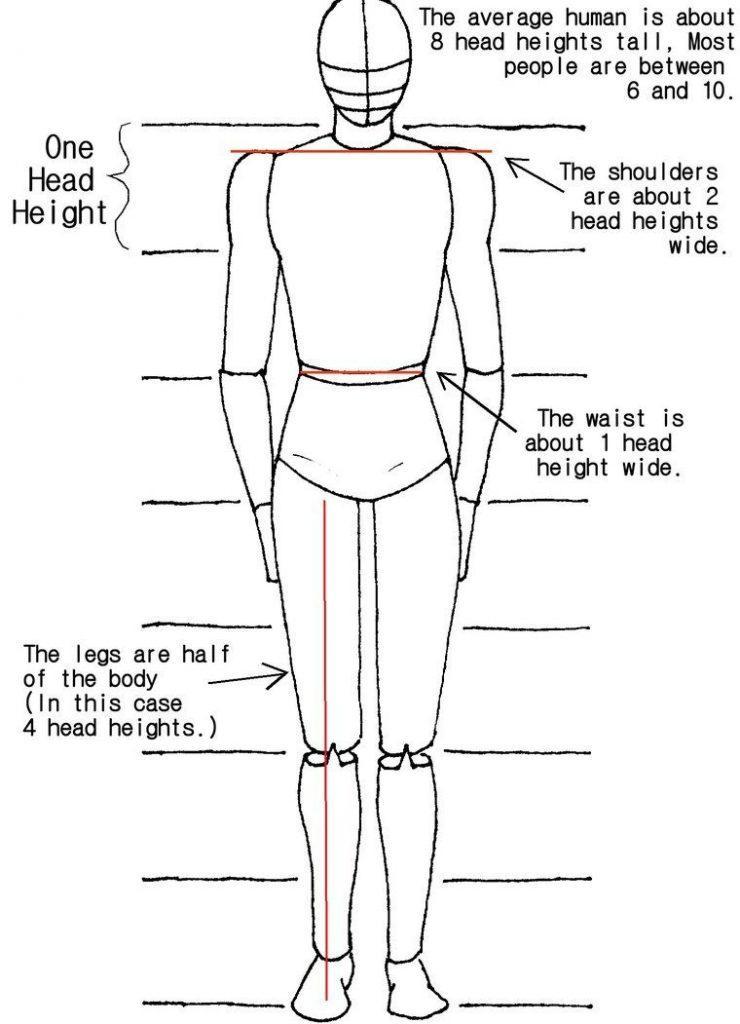

Next, focus on the limbs. The arms can be represented by long, tapered cylinders, while the legs can be drawn as elongated rectangles. Remember to consider the joints and bend points, as they will affect the overall posture and gesture of the figure. It’s also important to maintain balance and symmetry in your drawings.

Once you have the basic shapes in place, you can refine and add more detail to the body. Pay attention to the proportions, keeping in mind that the average human body is roughly seven to eight heads tall. Study reference images or use a mirror to observe the natural curves and angles of the body, including the waist, hips, and muscle definition.
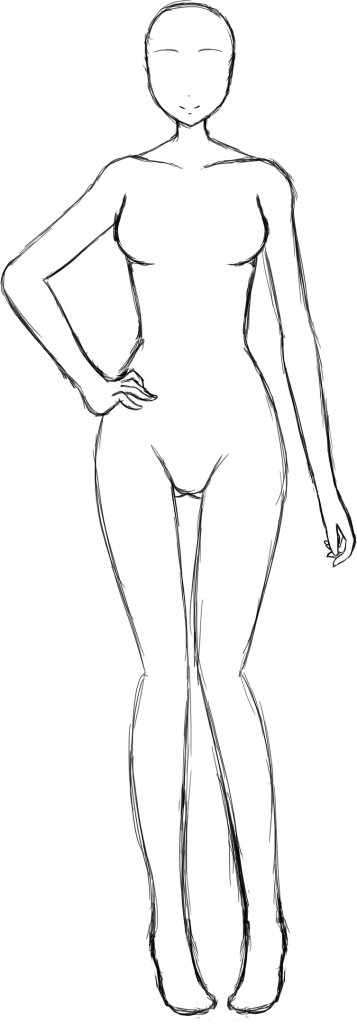
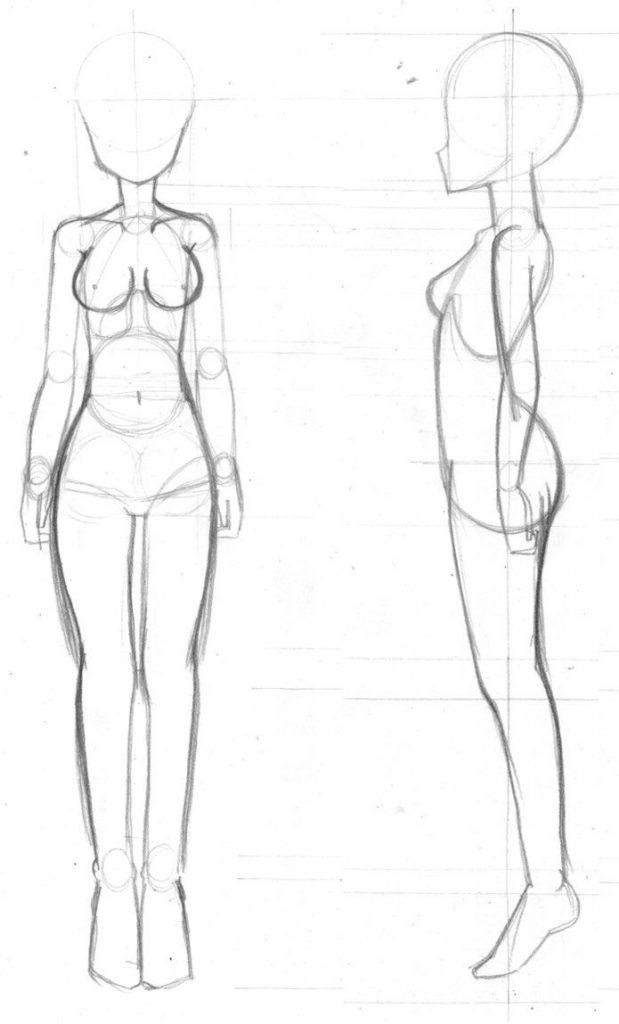
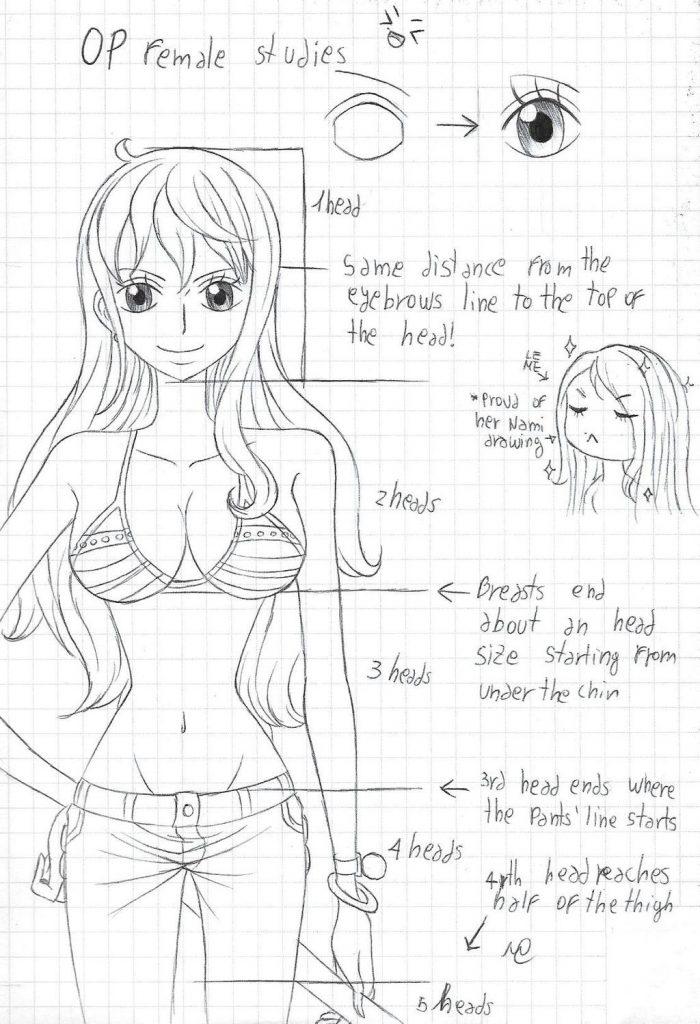
Pay attention to the natural curves, angles, and proportions of each body part. From the head to the torso, limbs, and hands, each component contributes to the overall balance and form of the figure. Take note of the joint locations and how they affect the pose and gesture of the body.
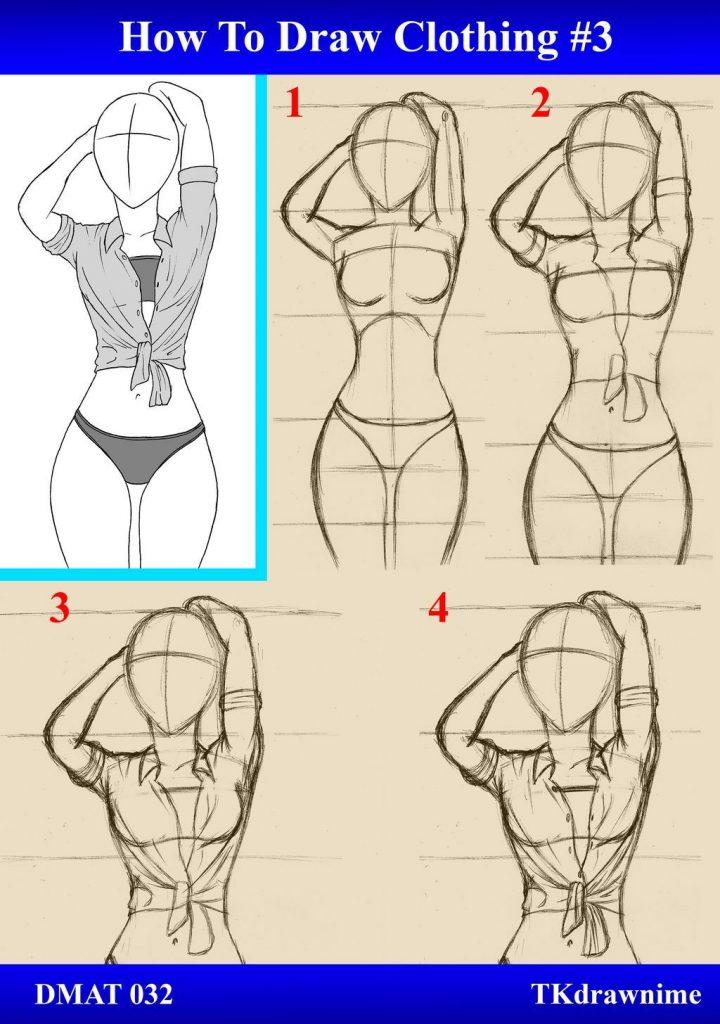
As you progress, experiment with different perspectives, poses, and proportions to expand your artistic skills. Practice shading techniques to bring depth and dimension to your drawings, considering the direction of light source and how it interacts with the body.
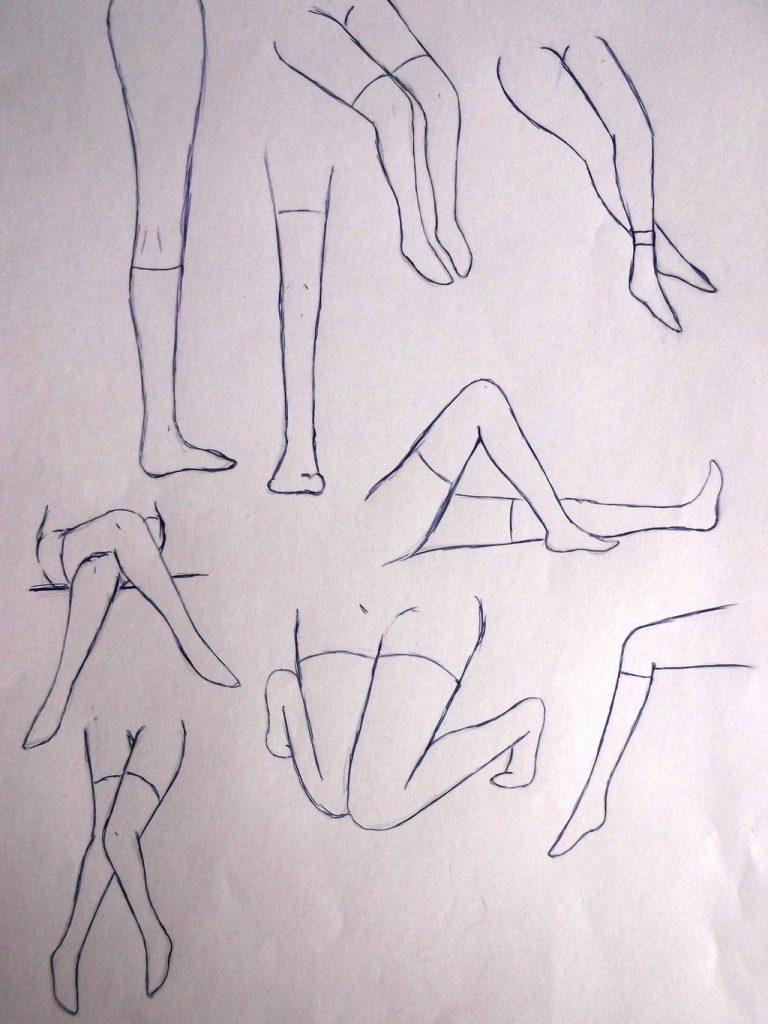
Don’t be discouraged by the initial challenges you may encounter. Drawing body shapes is a skill that develops over time with consistent effort and a willingness to learn. Embrace the process, seek inspiration from other artists, and trust in your own artistic intuition.

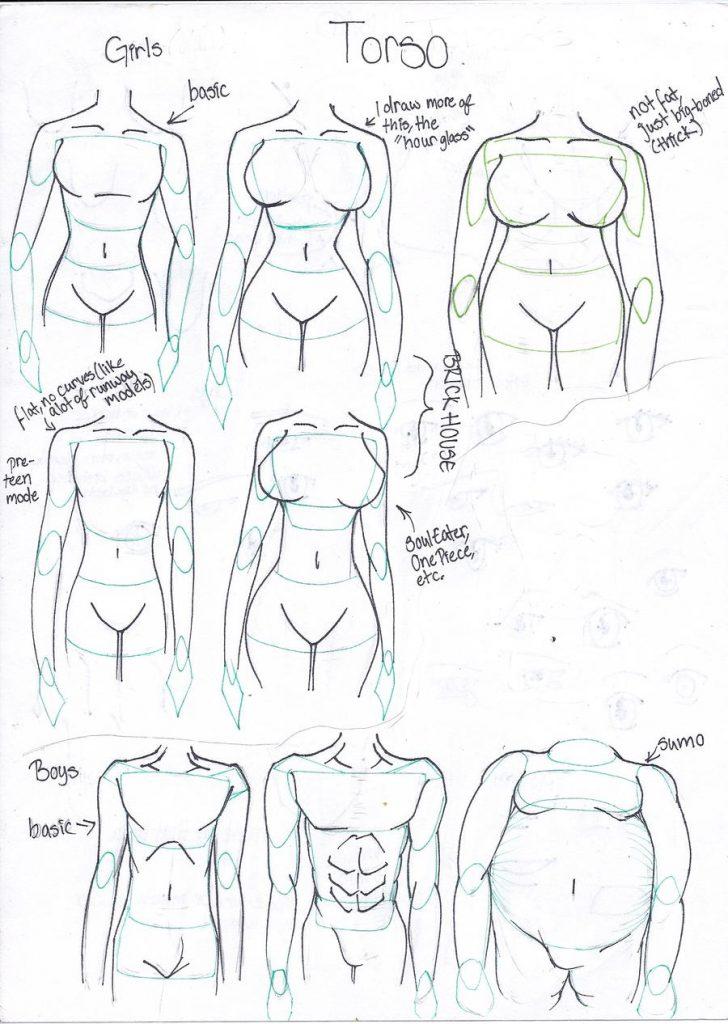

When it comes to shading, consider the direction of the light source and how it interacts with the body. Use lighter values for areas that catch the light and darker values for areas in shadow. Gradually build up the shading and add highlights to create depth and dimension.
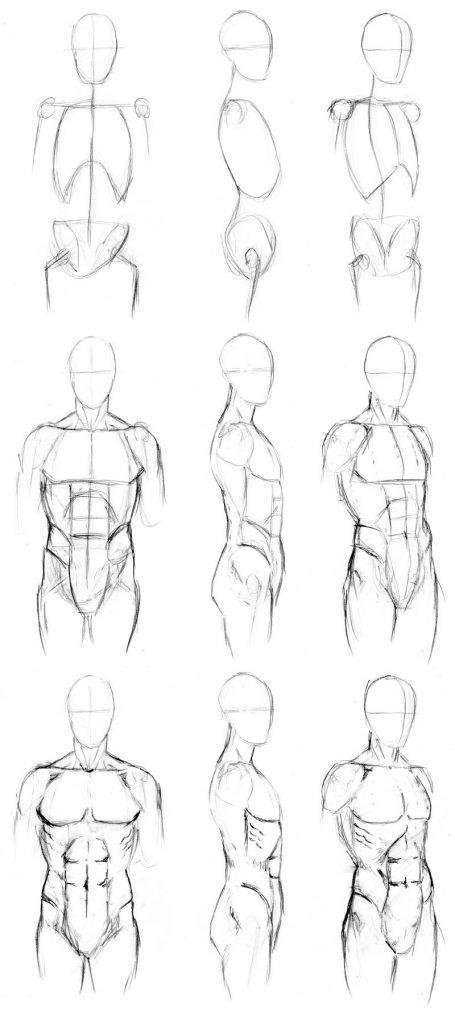
In the event that the lighting is acceptable, finish your sketch with tone. One approach to do this is by hindering in the shadow and filling in the shape with a reasonable tone.
Easy Human Body Drawing Ideas
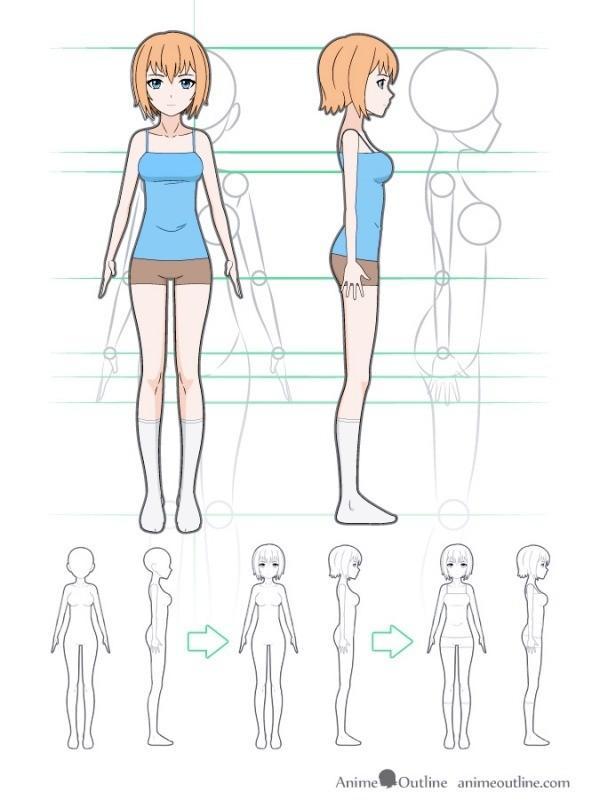
Mastering the art of drawing body shapes requires practice, patience, and a keen eye for detail. Start by breaking down the body into simple shapes and gradually refine the proportions and contours. Pay attention to the curves, angles, and natural flow of the body, and study reference images or real-life models to understand the intricacies of anatomy. Experiment with different poses, perspectives, and shading techniques to bring your drawings to life. Don’t be afraid to make mistakes or try new approaches, as every stroke of the pencil brings you closer to capturing the beauty and essence of the human form. With dedication and persistence, you can develop the skills necessary to confidently draw body shapes and create compelling, lifelike figures.
I hope you liked this post. Please share and follow us on Pinterest. Thank you for reading!
